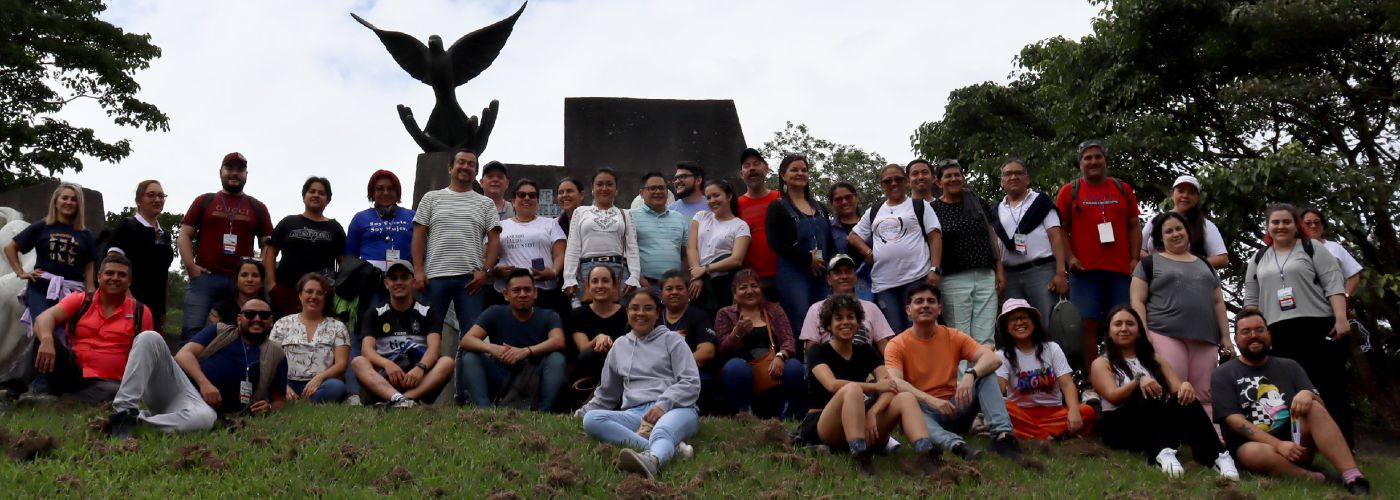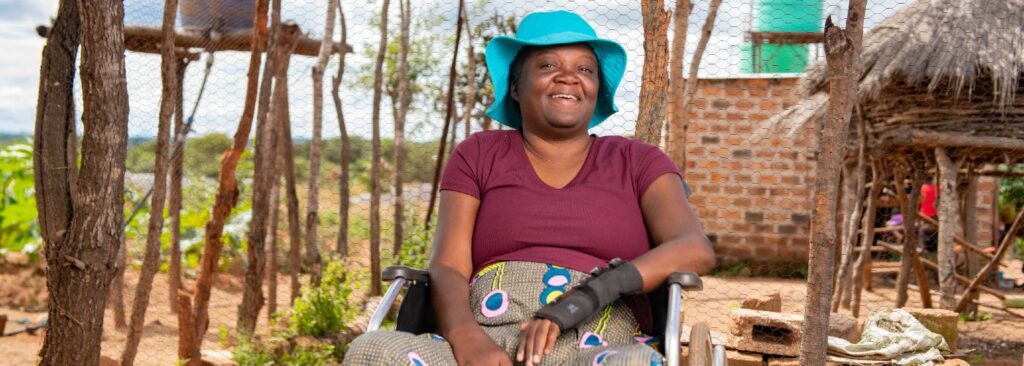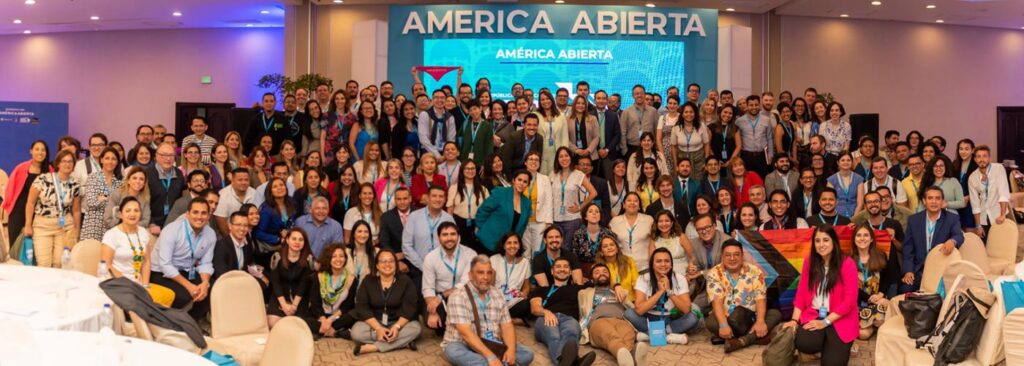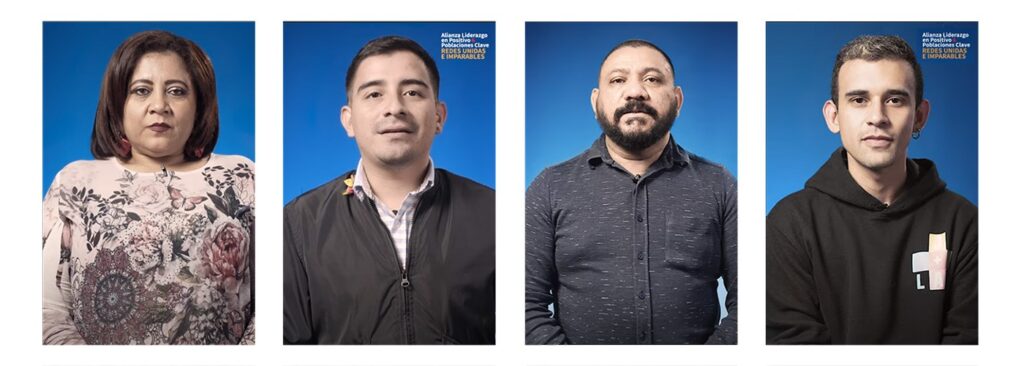The project known as Alianza Liderazgo en Positivo (HIV Positive Leadership) and Poblaciones Clave (Key Populations) strengthens and trains social organizations and key populations* to do advocacy work. The goal is to achieve a better quality of life and full human rights for all key populations living with HIV in Latin America.
Why key populations must be directly involved
Involving people with HIV and other key populations in decision-making makes the regional response to HIV more relevant. Their participation is essential in convincing governments to respond effectively, offer quality services and guarantee investment in a long-term comprehensive response to HIV – which is the aim of the project.
Latin America has made significant progress towards the 90-90-90 goal, but many challenges lie ahead. In 2020, some 170,000 people living with HIV still did not know their status, and one in three people were not diagnosed until their condition was advanced. The discrimination and gender-based violence against key populations that is well documented in the region also undermines their access to and retention in treatment.
Our innovative approach
This is an innovative effort that combines the leadership, vision, capacities and strengths of different regional networks. It is the first time that networks of people with HIV coordinate action with networks of key populations towards a shared goal: the full enjoyment of human rights and access to comprehensive and differentiated care in Latin America. We work through:
- monitoring social, sub-regional and national budgets and expenditures on HIV
- promoting savings and efficiency in investing and reallocating resources to make the response to HIV more comprehensive
- forging alliances with Ombudsmen offices and other national entities to address the violence and stigma that create barriers for key populations
- changing agendas, regulations and practices to improve the acquisition of HIV treatments and prevention options
- involving and closely collaborating with people living with HIV and key populations
Where
Bolivia, Colombia, Costa Rica, Ecuador, El Salvador, Guatemala, Honduras, Nicaragua, Panama, Paraguay and Peru






